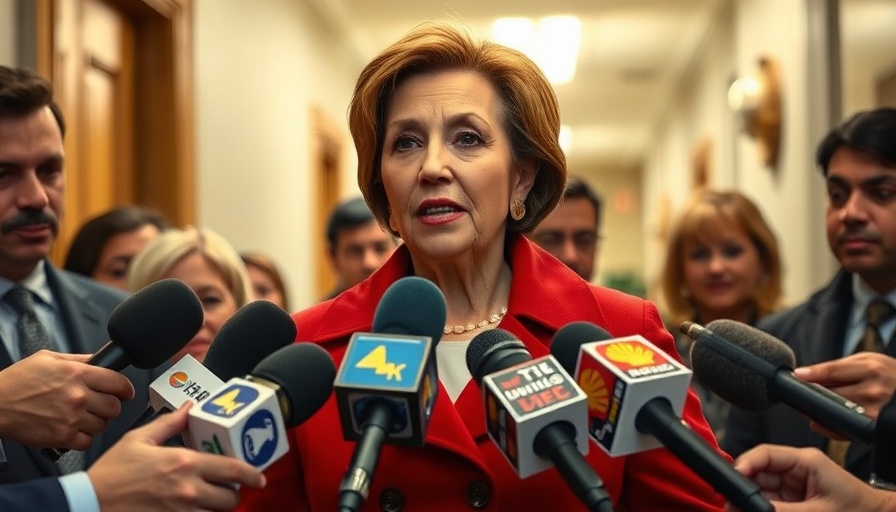
NHS Lothian Apologizes for Toxic Workplace Culture: A Deep Dive
NHS Lothian’s recent admission of a toxic workplace culture in its women's services has highlighted a critical concern that could resonate across various job sectors. This issue came to light after a whistleblower's report unveiled not only staff shortages but also a pervasive atmosphere of distrust and fear among employees in the maternity care unit at Edinburgh Royal Infirmary.
Understanding the Impact on Staff and Patient Safety
The independent review commissioned by NHS Lothian revealed that a significant number of maternity staff felt uncomfortable reporting unethical behavior, with 36% expressing fears of reprisals. This statistic raises important questions about the protective mechanisms in place for employees. A toxic environment can lead to burnout and high turnover rates, which ultimately compromises patient care. It underscores how unsafe workplace cultures can ripple outward, affecting both healthcare delivery and the individuals employed in these services.
Creating a Culture of Trust and Safety
Tom Power, the Director of People and Culture at NHS Lothian, emphasized the importance of building trust between management and staff. He apologized on behalf of the organization, recognizing the failure to adequately support workers in what they described as a 'calling.' A healthy workplace is essential in any field, not just healthcare. Organizations must actively foster environments where employees feel empowered to speak out without fear of punishment.
Lessons Learned from NHS Lothian's Experience
As businesses, both large and small, grapple with issues of workplace toxicity, the NHS Lothian case serves as a cautionary tale. It illustrates that acknowledging a problem is the first step towards rectifying it. Organizations can learn to implement more robust reporting mechanisms, conduct regular workplace culture assessments, and prioritize employee well-being to mitigate similar issues in their environments.
The Role of Leadership in Shaping Workplace Culture
Effective leadership is paramount in shaping workplace dynamics. There is no substitute for supportive management practices that promote open communication and fairness. NHS Lothian's acknowledgment of problematic behaviors and commitment to cultural change illustrates a model for how leaders should respond to similar findings in their organizations. Comprehensive training for leaders on managing interpersonal relationships within teams can foster a more cohesive and supportive work environment.
Moving Forward: Trends towards Healthier Work Environments
The NHS case is not isolated; many sectors are experiencing heightened awareness around workplace culture. Companies are beginning to recognize the benefits that come from investing in mental health resources and creating an inclusive work environment. Moving forward, organizations might consider adopting practices like regular workshops on communication and conflict management, which have proven effective in reducing workplace toxicity.
Actionable Steps for Employees and Organizations Alike
For employees working in environments that feel toxic, it is essential to know your rights and seek support. Open dialogue with human resources can be beneficial, as can connecting with colleagues to discuss shared concerns. For organizations, it’s crucial to create anonymous feedback systems and ensure that staff feel safe to voice their concerns. Appreciating and understanding the human element in business can lead to improved satisfaction and productivity at work.
The NHS Lothian scandal serves as a stark reminder for all professions: the culture within a workplace matters profoundly. By promoting safety, trust, and communication, both employees and organizations can strive towards creating healthier, more productive work environments.
If you are an employee experiencing a toxic work culture, consider speaking to a trusted colleague or manager. Your experiences matter, and together, we can advocate for better working conditions.
 Add Row
Add Row  Add
Add 




Write A Comment